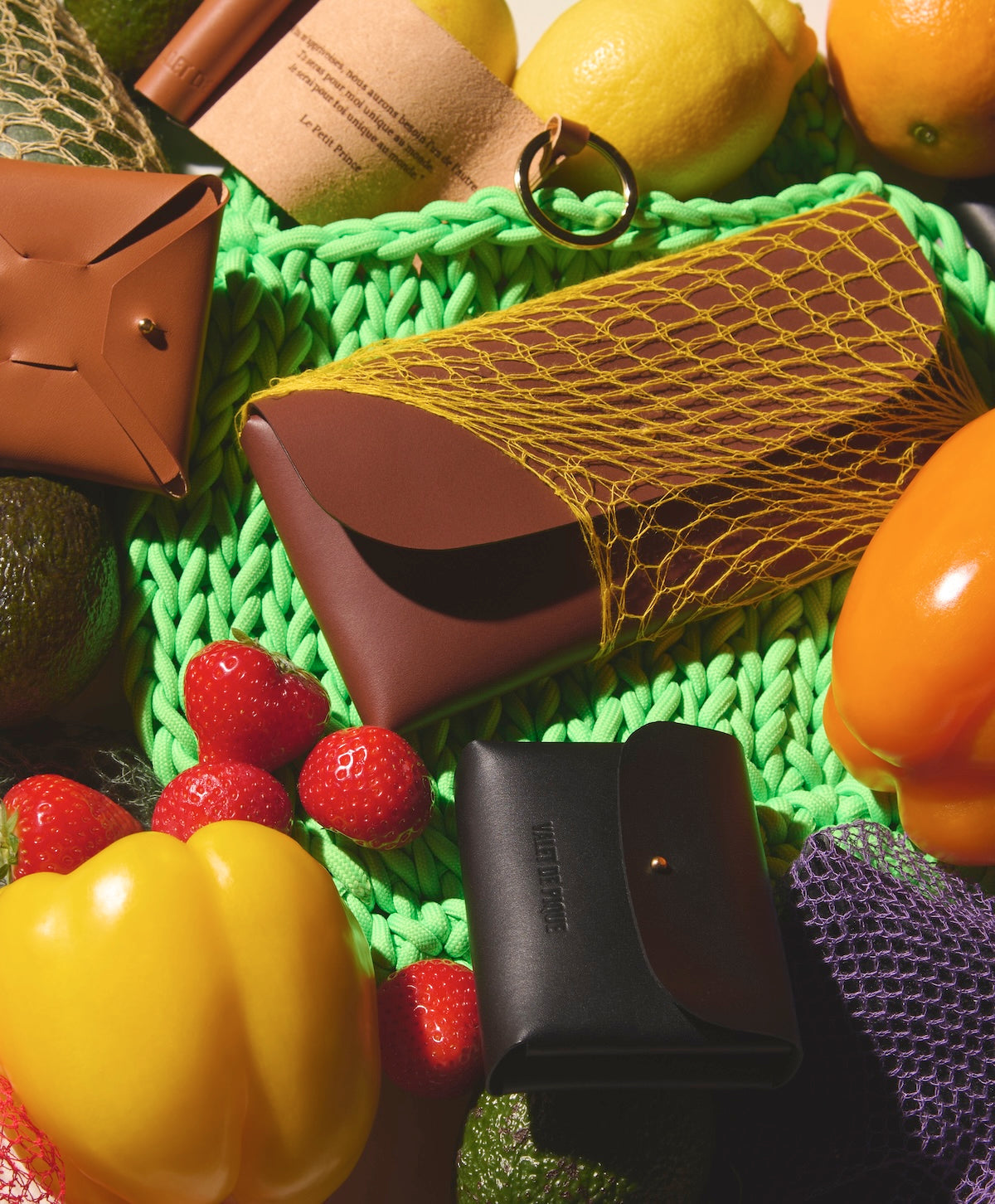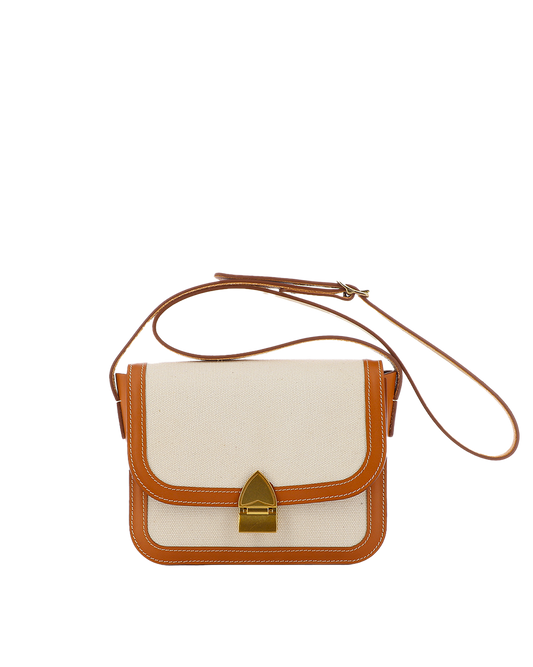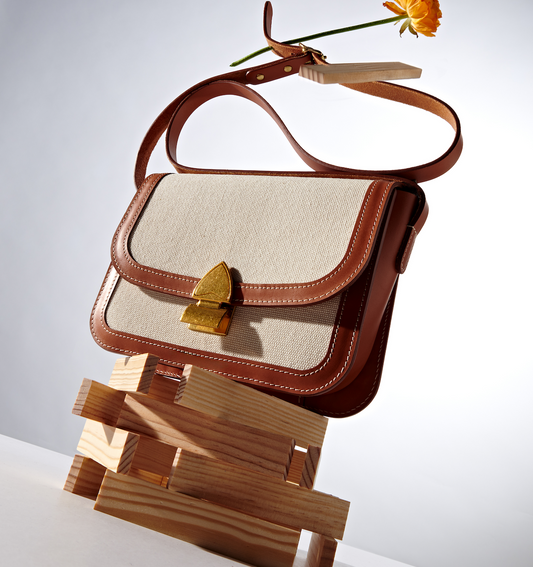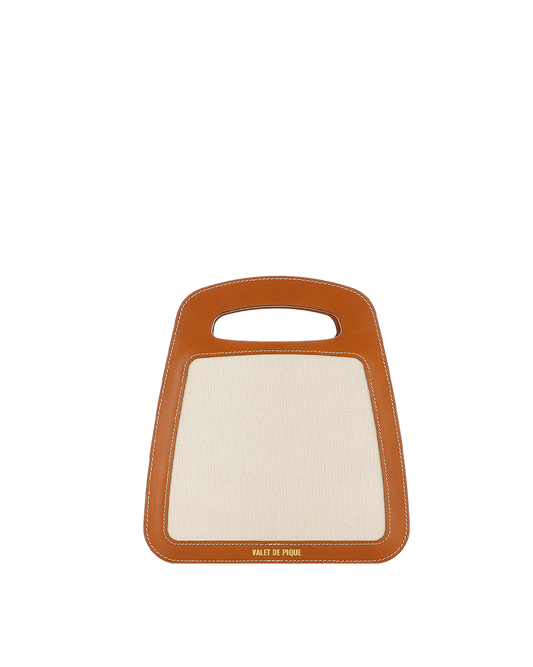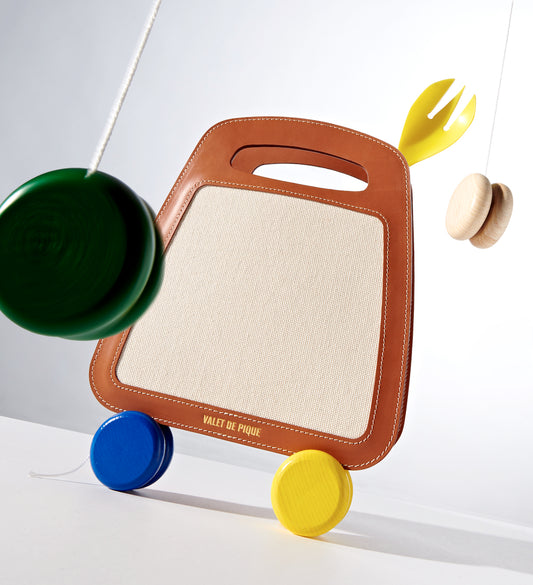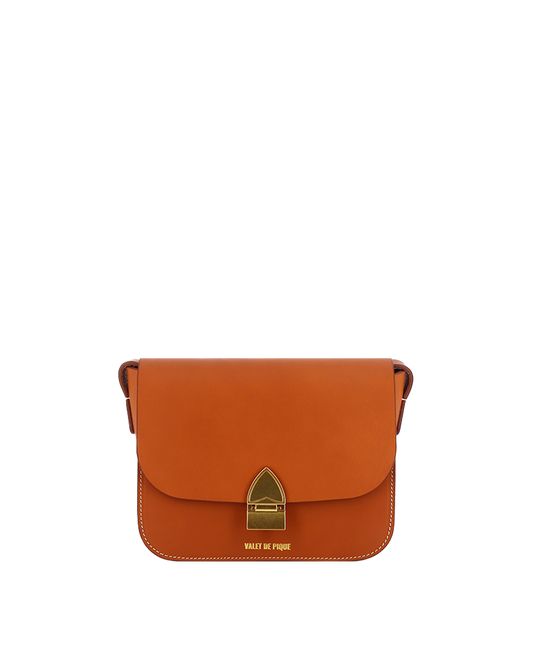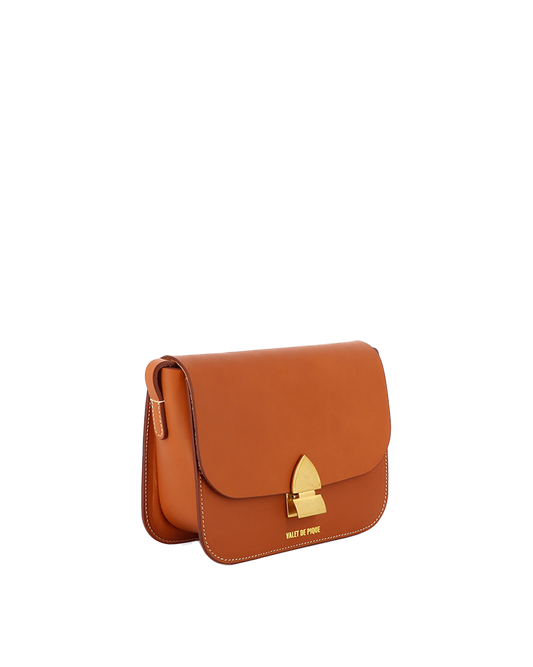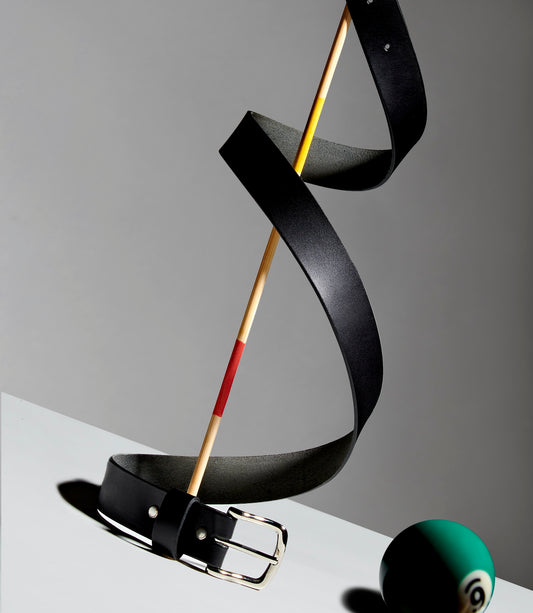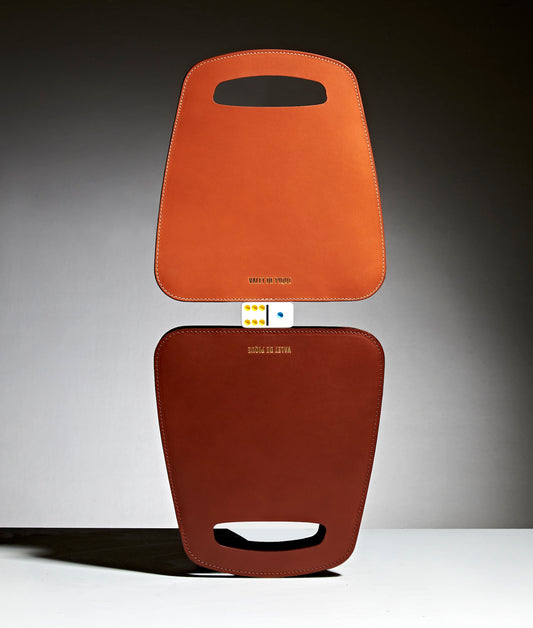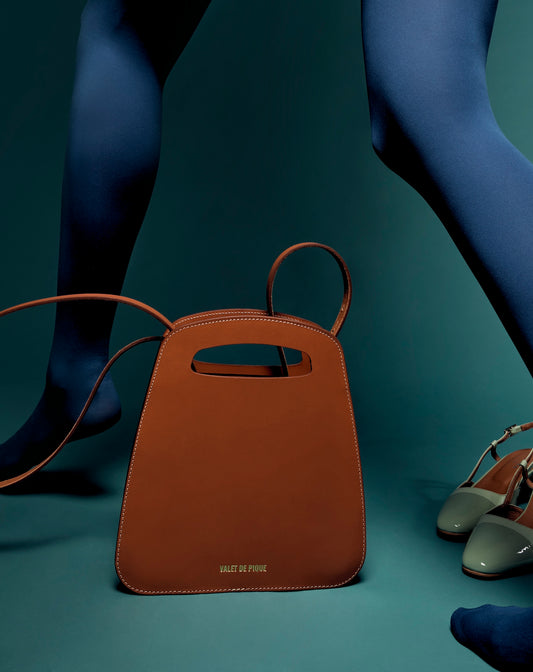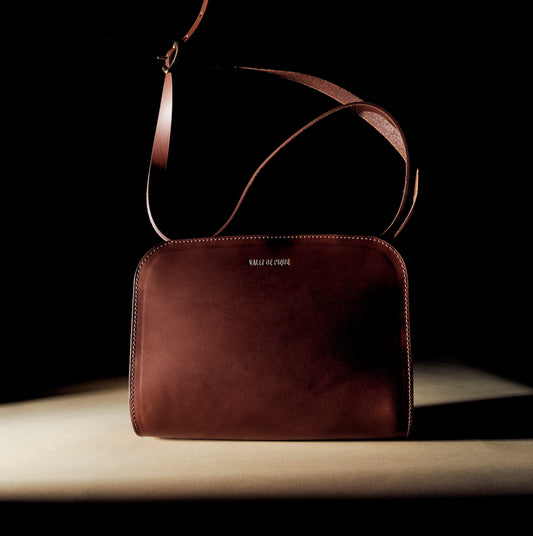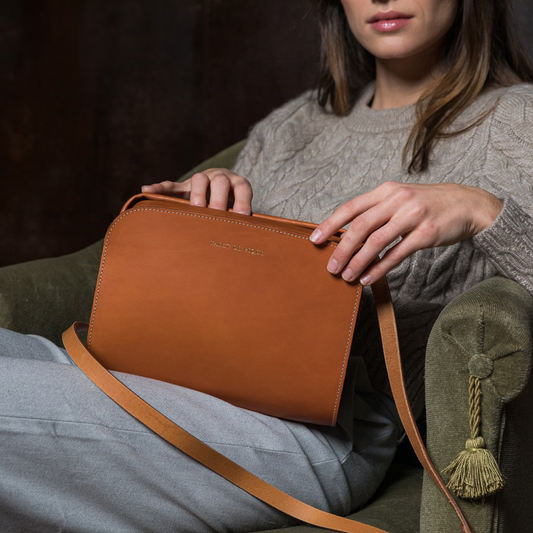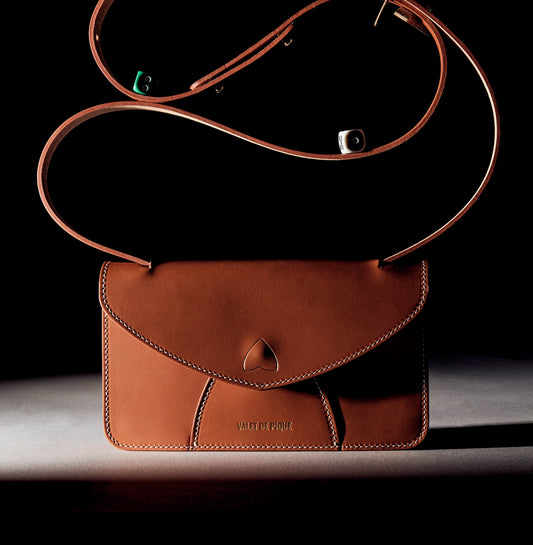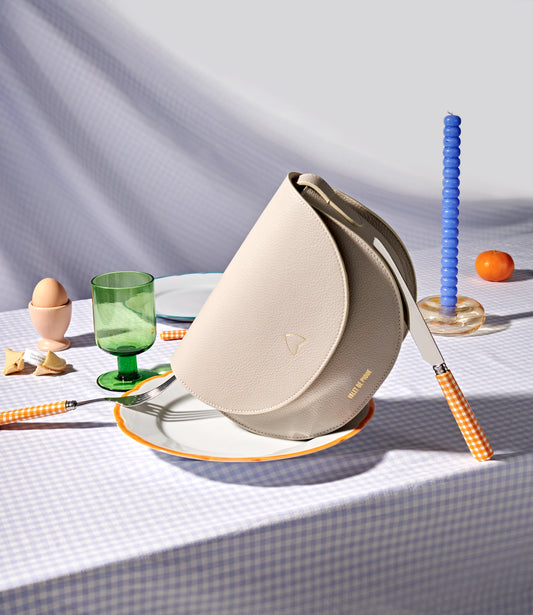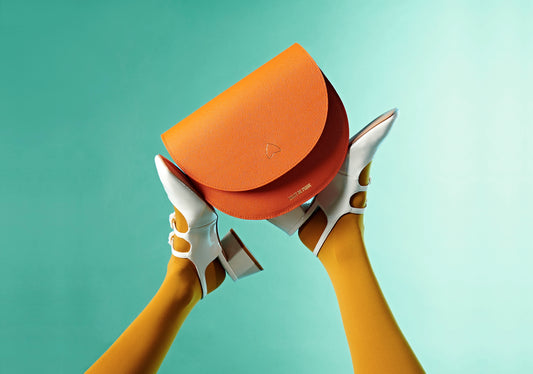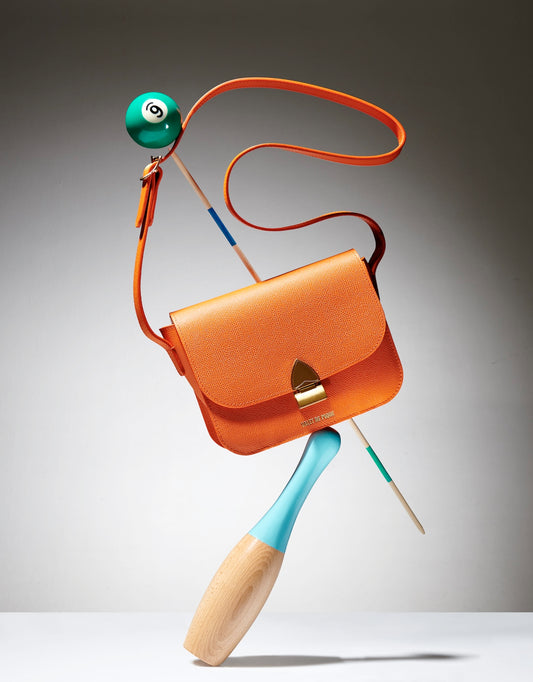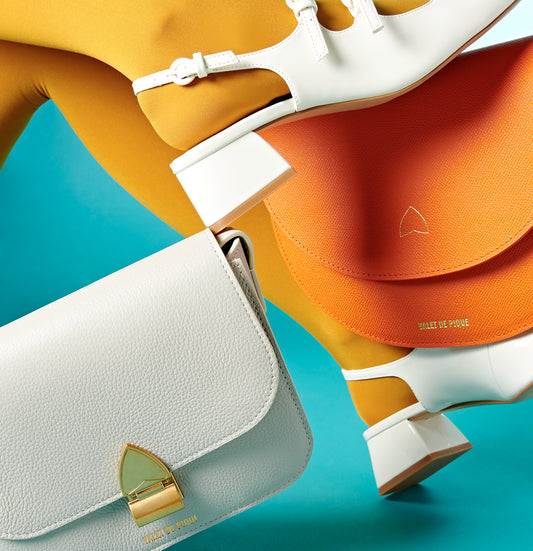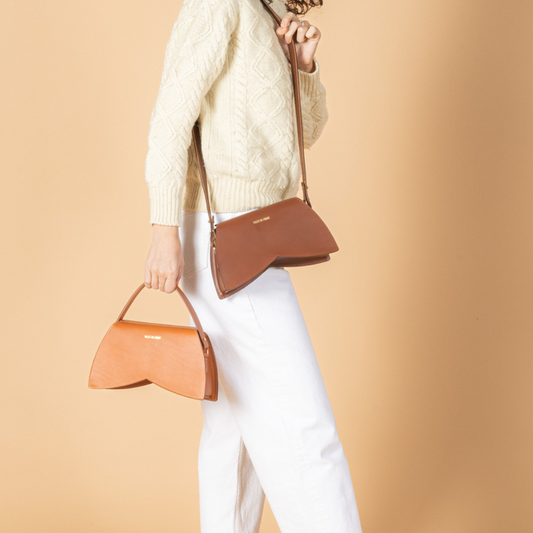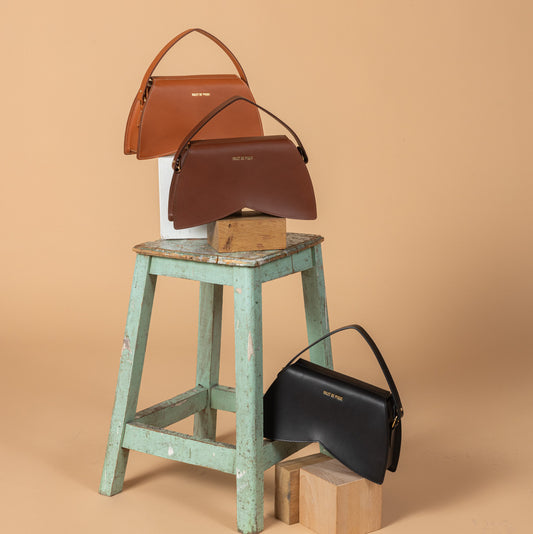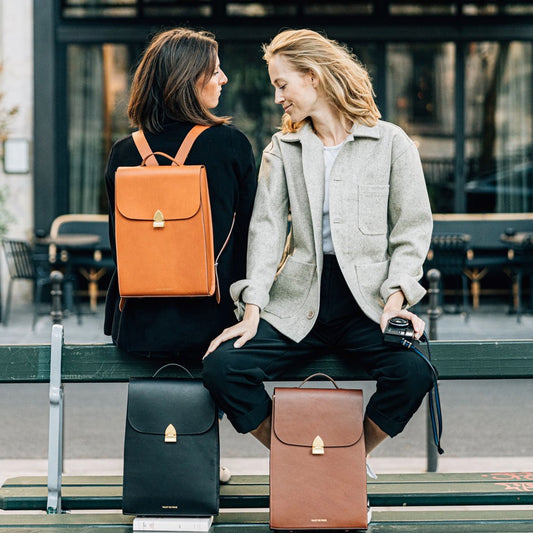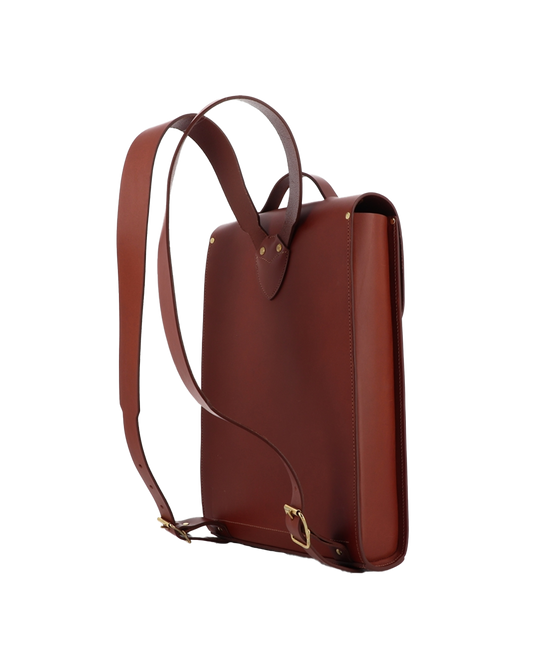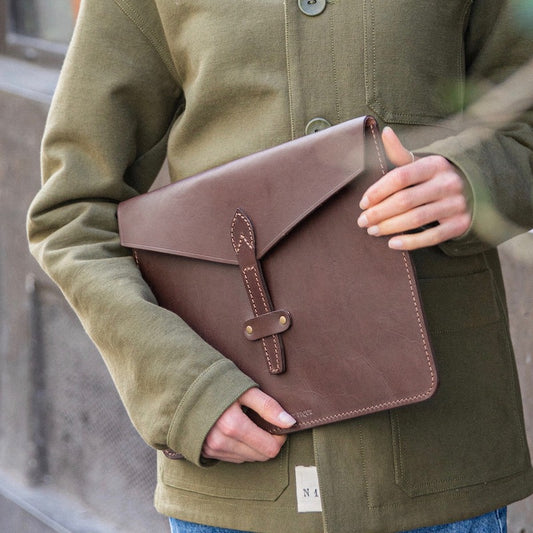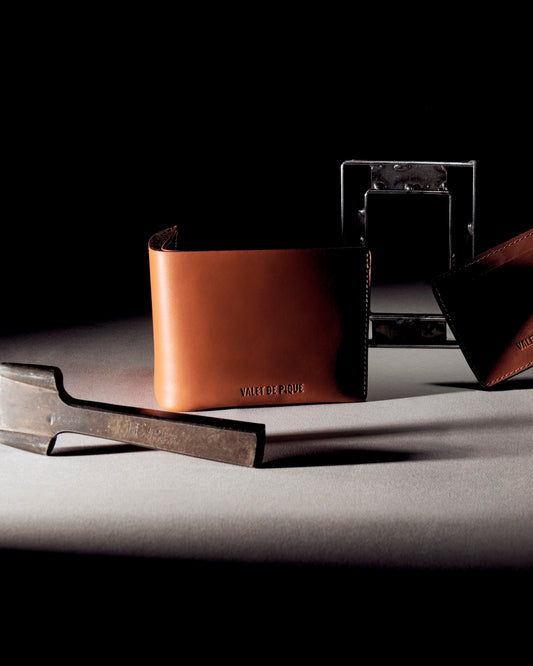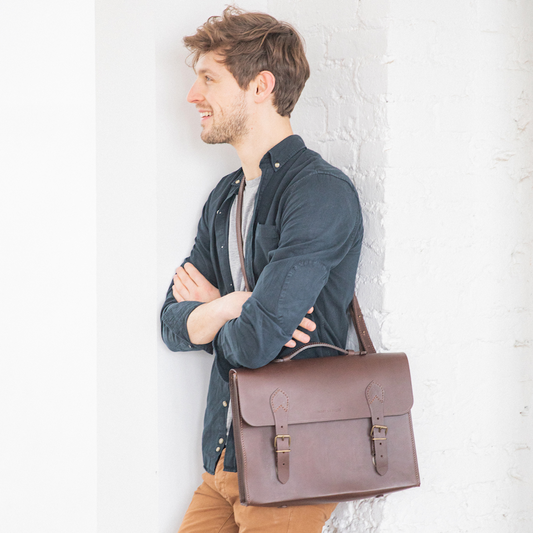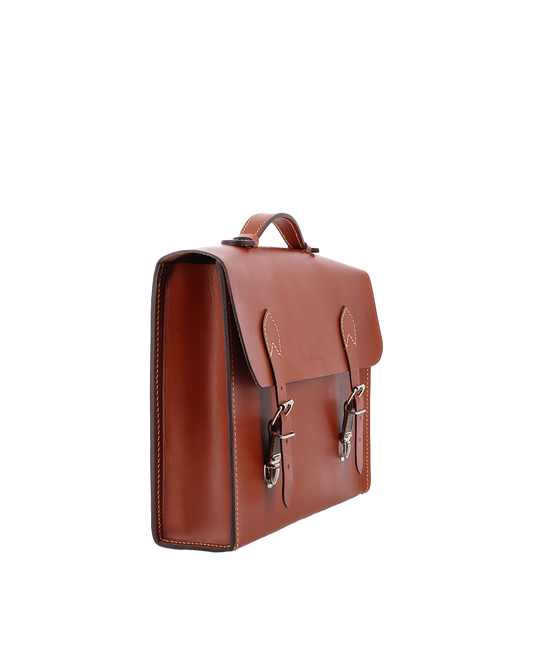The planet Earth is in crisis and it is time to act. Fortunately, ecology is slowly becoming a way of life. It seems that fashion is also getting involved, even though it is one of the main contributors to the causes of climate change due to overconsumption. Many brands have been offering eco-friendly accessories or clothing for a long time, such as Patagonia, Véja, 1083, Loom or Hopaal. The second hand market is also booming with Vinted.
For an accessory or a garment to be eco responsible, brands must respect several criteria. In reality, it is very difficult to make everything perfect from the start, but every little step towards a more ecological consumption is positive.
If you are inspired and want to start an ethical fashion brand here is a list of ten points to become an eco-friendly clothing brand:
1. THINK LOCAL
Transporting goods, especially importing and exporting, emits a huge amount of carbon. Finding suppliers as close as possible and encouraging customers to shop locally will help you reduce your carbon footprint. Supporting local suppliers also has the benefit of contributing to a healthy and sustainable economy in your area.
2. LEARN ABOUT YOUR SUPPLY CHAIN
Do a lot of research on potential suppliers to make sure they use good environmental practices and, most importantly, treat workers fairly. This can be difficult because there is usually a lack of transparency, but ask questions and look for suppliers who openly publish information about workers' wages and working conditions, energy consumption, and how their waste is handled.
3. USE HIGH QUALITY, LOW IMPACT MATERIALS.
Find the most sustainable material that is right for your product. Think about how the material is made and what it's made of, but also its durability and longevity to ensure that your product will stand the test of time. A material such as leather, for example, can be sourced from animals, but there are sustainable leathers that are produced in an environmentally friendly manner. Real leather can therefore be a more durable option than "vegan" leather alternatives made from synthetic or plant-based materials that tend to weaken. To learn more about sustainable vegetable-tanned leather, click here.
4. PRODUCE WITH LOW IMPACT
Adopt low-intensity production methods that use as little energy and fossil fuels as possible. Manual production using only people power is one way to do this and can ensure a superior fashion product.
5. MAKE IT LAST
Thick leather sewing machine
One of the biggest problems in the fashion industry from an environmental standpoint is disposable and fast fashion. Design your product to last a long time and reduce the likelihood of it being thrown away. Offering repair services is another way to reduce waste and fast fashion.
6. AVOID SEASONS
The concept of seasons in fashion is disastrous for the environment, as it encourages high-turnover, trend-based shopping, where fashion items quickly become obsolete. Creating a core collection that can be added to over time is one way to avoid this, without the constraints and waste of seasonality. In fact, products such as fashion accessories should not have to change with the seasons.
7. FIND A TIMELESS DESIGN
In addition to being designed for year-round use in terms of practicality, adopting a timeless design is another way to ensure that fashion items become classics and thus extend their useful life. Minimalist design is one way to do this, with a fuss-free style that works for everyone.
Simple and timeless design: Emile satchel
8. PACK YOUR PRODUCTS SUSTAINABLY
Recycled cardboard packaging
With packaging, it's all about using the minimum necessary to safely transport your product, as well as using recycled and reusable packaging. Plastic-free packaging is the best way to avoid unpleasant waste and be creative, such as adding a note suggesting ways to reuse packaging to encourage customers to think before they throw it away.
9. PERSONALIZE YOUR OFFER
Giving your customer the opportunity to participate in the design can create a special bond with the product, meaning it will be loved, cared for and used for a longer period of time. Whether it's made-to-order or custom products - allowing customers to design their own products - or customization, such as color options, size, custom message to laser engraving, there are many ways for customers to have a say in the creation of a particular fashion product.
10. GIVE SOMETHING BACK
Sustainability isn't just about the environment, it's also about people and treating everyone on our beautiful earth fairly. A great way to further your fashion brand is to use your business success to support worthy charities, such as donating an amount from each sale or becoming a sponsor.
